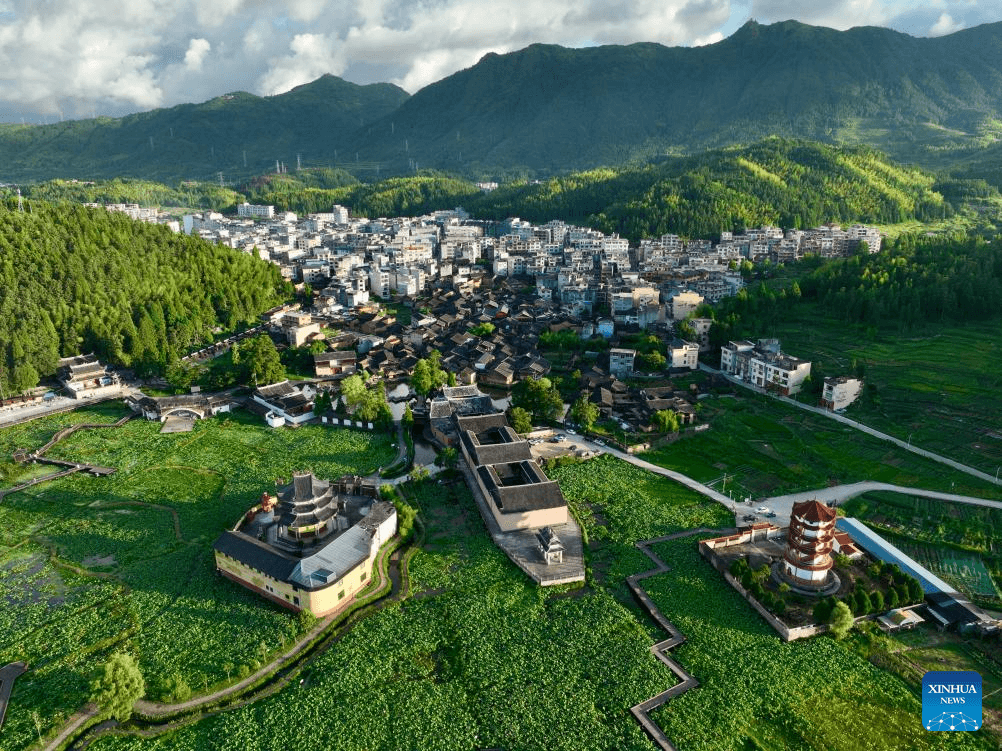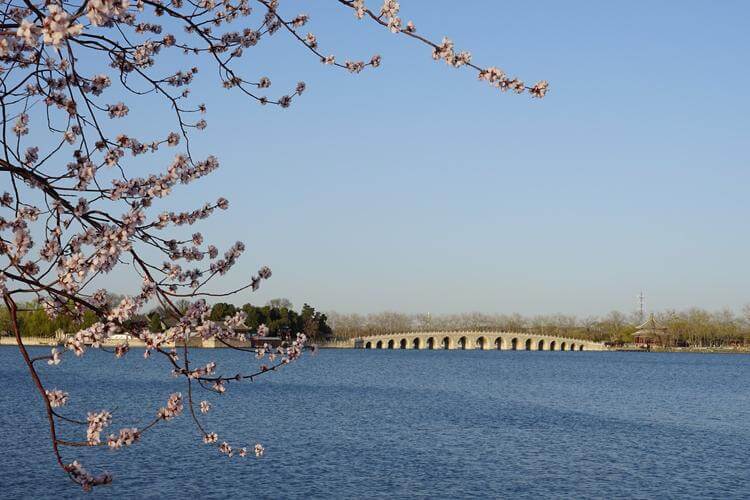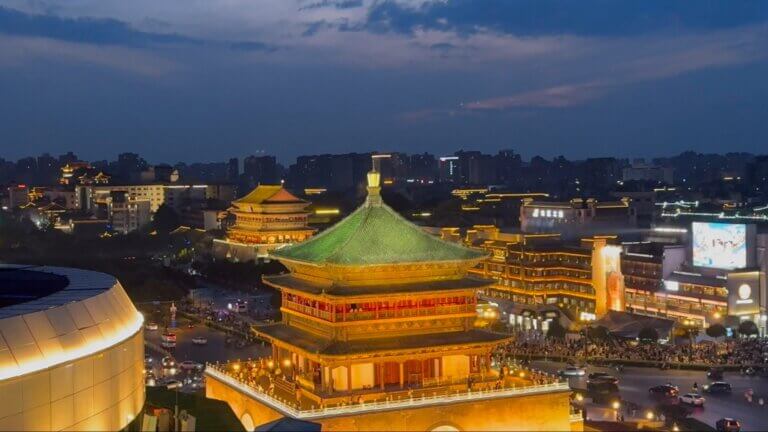
Imagine wandering through cobblestone alleys where time stands still, sipping tea with locals who’ve preserved traditions for centuries, and sleeping in a 300-year-old wooden inn for less than $30 a night. This isn’t a fantasy—it’s the magic of China’s lesser-known ancient villages. As a traveler who’s traded crowded tourist hubs for these quiet havens, I’ll share how to experience China’s soul without emptying your wallet.
1. Hongcun Village: The Watercolor Dream
Nestled in Anhui Province, Hongcun feels like stepping into an ink-wash painting. The village’s moon-shaped ponds and Ming-era architecture inspired the surreal landscapes in Crouching Tiger, Hidden Dragon.
Budget Tips:
- Stay: Book a guesthouse in a restored courtyard home ($25/night).
- Eat: Try stinky tofu (yes, it’s delicious!) at family-run stalls ($2/serving).
- Secret Spot: Hike to nearby Mukeng Bamboo Forest at dawn—free and crowd-free.
I once spent an afternoon sketching with a local artist who taught me how to capture the village’s “dragon veins”—the ancient water channels believed to bring prosperity.
2. Xijiang Qianhu Miao Village: Where Silver Headpieces Shine
In Guizhou Province, Xijiang is home to the Miao ethnic group. Women here wear intricate silver headdresses weighing up to 25 pounds during festivals.
Cultural Immersion:
- Festivals: Time your visit for the Lusheng Festival (November) to see bull fights and hear bamboo flutes echo through terraced hills.
- Workshops: Learn batik dyeing from Miao artisans ($15 for a 3-hour class).
Pro tip: Avoid weekend crowds—weekday homestays drop to $20/night.
3. Fenghuang (Phoenix) Ancient Town: The Nighttime Spectacle
While technically a town, Fenghuang’s stilt houses along the Tuo River deserve a spot on any village-hopping itinerary.
Budget Breakdown:
- Transport: Overnight train from Changsha ($18) saves hotel costs.
- Food: Riverside restaurants serve spicy blood duck ($5/plate).
- Free Magic: Watch fishermen’s cormorants dive for fish at sunset—a 1,000-year-old tradition.
Avoid the commercialized main street; the real charm lies in the alleys behind Shen Congwen’s former residence.
4. Yuanyang Terraces: Where Rice Paddies Touch the Sky
While not a village, the Hani minority’s 1,200-year-old terraces in Yunnan are a masterpiece of rural engineering.
Adventure on a Dime:
- Hiking: Trek between ethnic villages like Duoyishu ($0, just bring water and stamina).
- Stay: Dorm beds in Hani mud-brick hostels ($12/night).
I’ll never forget sharing moonshine with a Hani farmer who explained how each terrace layer represents a generation’s labor.
5. Taxia Village: Fujian’s Forgotten Tulou Clusters
Escape the crowds of Yongding’s famous tulou (earthen buildings) and head to Taxia. These UNESCO-listed circular fortresses hide in a valley draped in tea plantations.
Budget-Friendly Experiences:
- Transport: Local bus from Zhangzhou ($4) winds through emerald hills.
- Sleep: Rent a room inside a tulou—imagine sleeping in a 17th-century fortress ($28/night with home-cooked meals).
Chat with elders in the central courtyard—they’ll proudly show off ancestral shrines and wartime escape tunnels.
Stretching Your Dollars Further
- Transport Hacks: Overnight trains double as accommodation. A hard sleeper from Shanghai to Kunming costs $45.
- Food Savings: Street breakfasts (steamed buns, soy milk) cost under $2.
- Guides vs DIY: Skip group tours—villages are walkable, and locals often offer impromptu guidance for the price of a shared meal.
Final Thoughts
China’s ancient villages aren’t just destinations—they’re living museums where 10buysahandmadesouvenir,20 secures a night’s stay steeped in history, and $0 gets you a smile from a grandmother weaving cloth exactly as her ancestors did. As tourism rediscovers these gems, go now—before the secret’s fully out. Pack light, bring curiosity, and let these time-capsule communities rewrite your definition of “authentic travel.”






